There is a ton of info on the levels of drywall finishing, whether you are DIYing the finish work yourself, or hiring out to a contractor. This is easy info that everyone needs to know. Here’s what I learned, there are 5 different levels of drywall finishing, and there seems to be a lot of variation on how to define the final 2 levels.
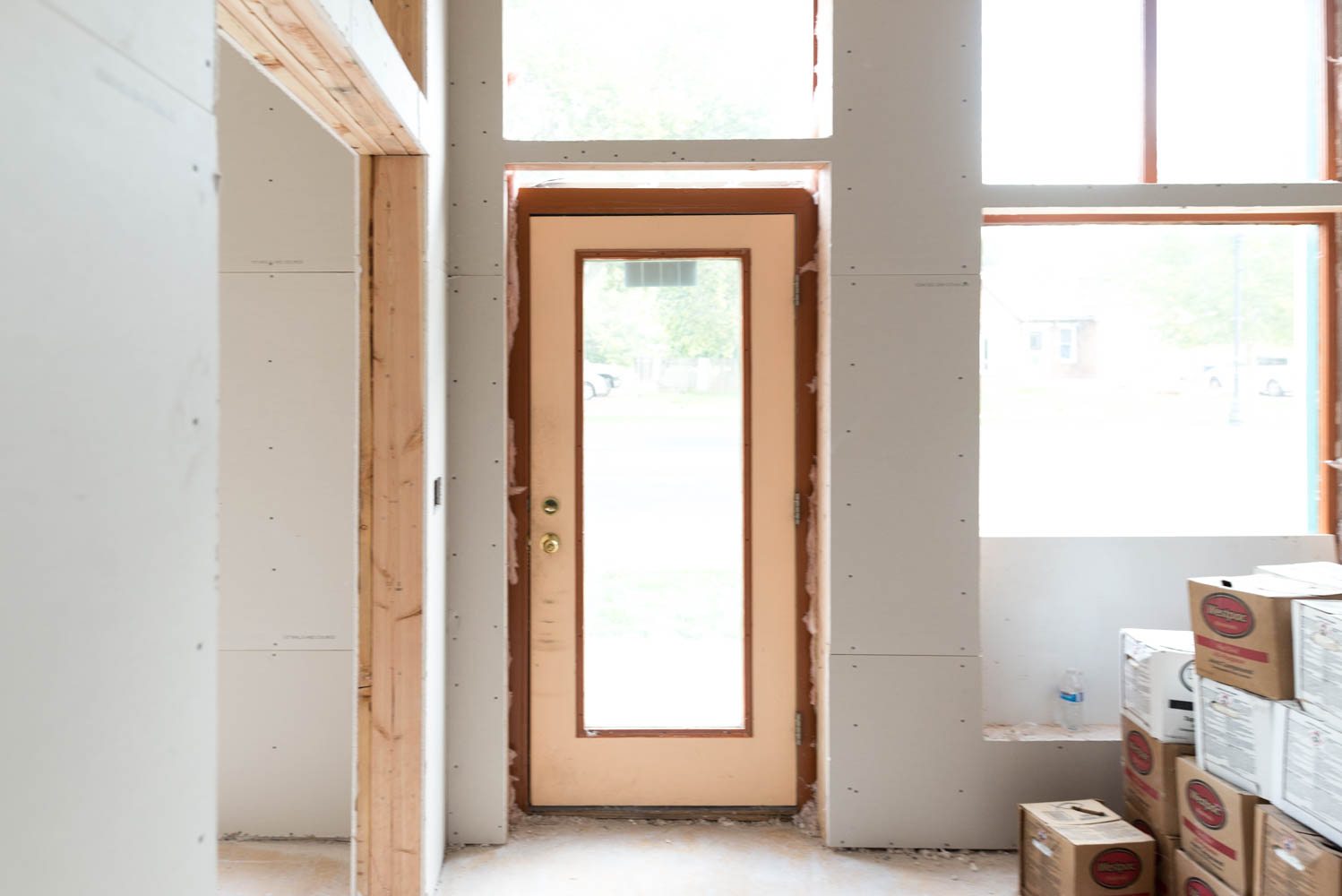
Drywall Finish Levels
Drywall Finish Level 0 | Unfinished:
The drywall is hung with no finish work at all.
Drywall Finish Level 1 | Unfinished:
Drywall finish level 1 is when you put the drywall tape in the joint compound along the seams. Its ok to have it be rough and have tool marks.
Drywall Finish Level 2 | Unfinished:
Drywall finish level 2 is when you skim a thin coat of joint compound over the tape and screws. This just has a thin coat of compound over the tape and screws. There is usually no sanding at this point and tool marks are still ok. FYI you can stop at this level if you plan on covering it with tile.
Drywall Finish Level 3 | For Medium to Heavy Paint Texture:
Drywall finish level 3 is when you apply a coat of joint compound to the tape and screws. . This level is smooth and doesn’t show tool marks. Walls that are going to be receiving a heavy texture (usually a spray texture) can end at Level 3
This is where things get a little murky.
Drywall Finish Level 4 | For flat paint, a light final paint texture:
Drywall finish level 4 has two additional coats of joint compound over the screws and tape joints (this means that there are actually 3 coats because of the light skim coat in Level 2) The compound has to be smoothed, and there cannot be any tool marks or ridges.
This is where those of you who are in the midwest/east coast with smooth walls seem to be on the scale, the seams and screws have had a few layers of compound on them and have been sanded smooth. My house growing up had this level of finish with no texture on it.
Drywall Finish Level 5 | Completely Smooth for high gloss paint or harsh lighting conditions:
To get to Level 5 you add a thin skim coat over the entire surface. Skim coating is made of joint compound or of a material manufactured specifically for this purpose. Walls are sanded and there are no tool marks. The walls are usually checked with a halogen light to ensure that they are nice and smooth. Often times a Level 5 gets a colored final skim coat over the first one so that the contractors can see where has been done and what still needs to be finished.
I would say that the Merc got a level 4.5. The Level 5 is what our contractor was talking about when he said it would be 3-5x more. He said that to do a perfectly smooth wall we would have the first skim coat on the wall done and sanded, and then a second coat is applied and sanded as well.
The style of the Old World texture that we did blurs the line because we’re getting a Level 5 treatment (with the full wall being covered) but not going for a perfectly smooth finish. You can see my full post about wall textures here!
See my full guide to drywall and wall texture here!
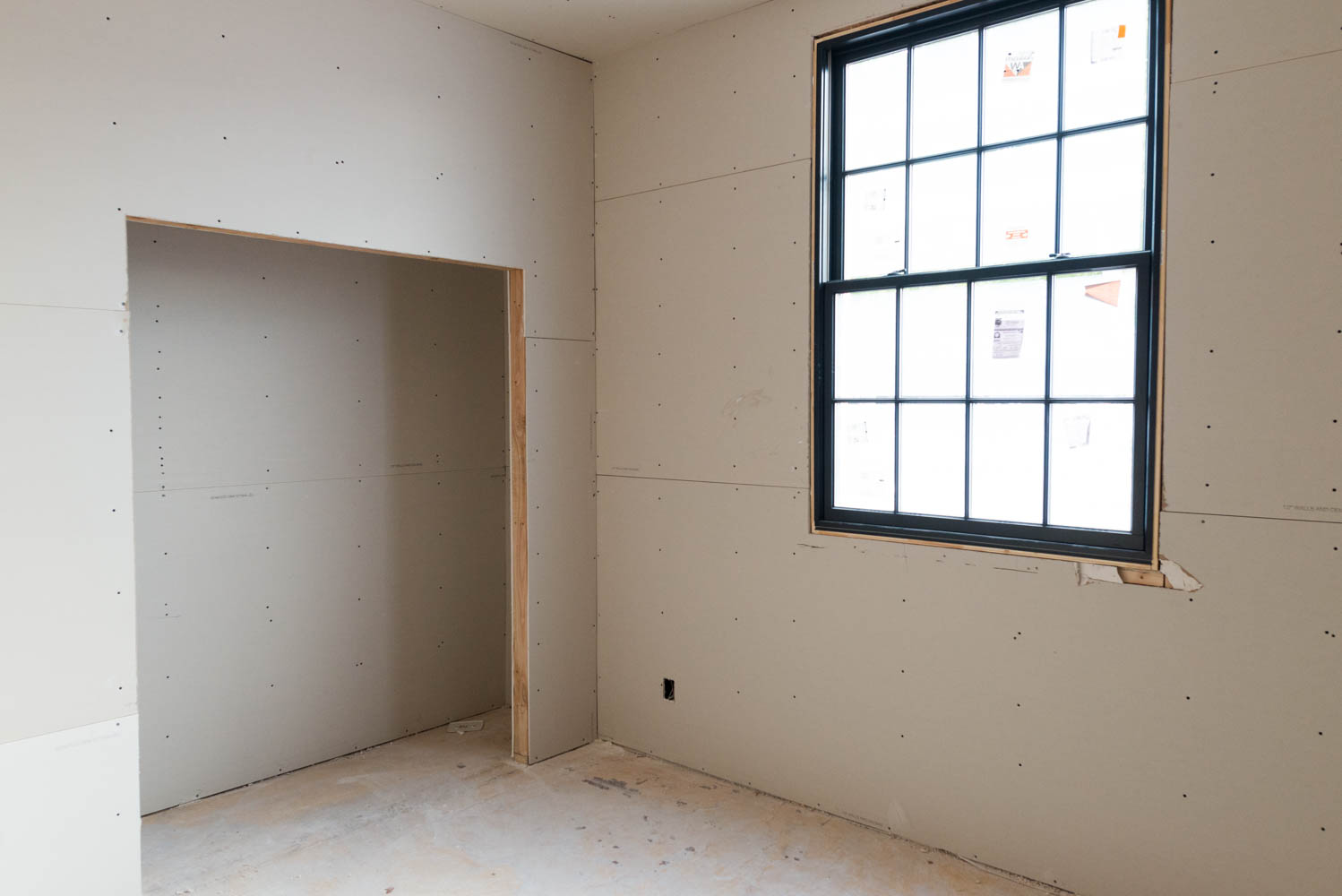
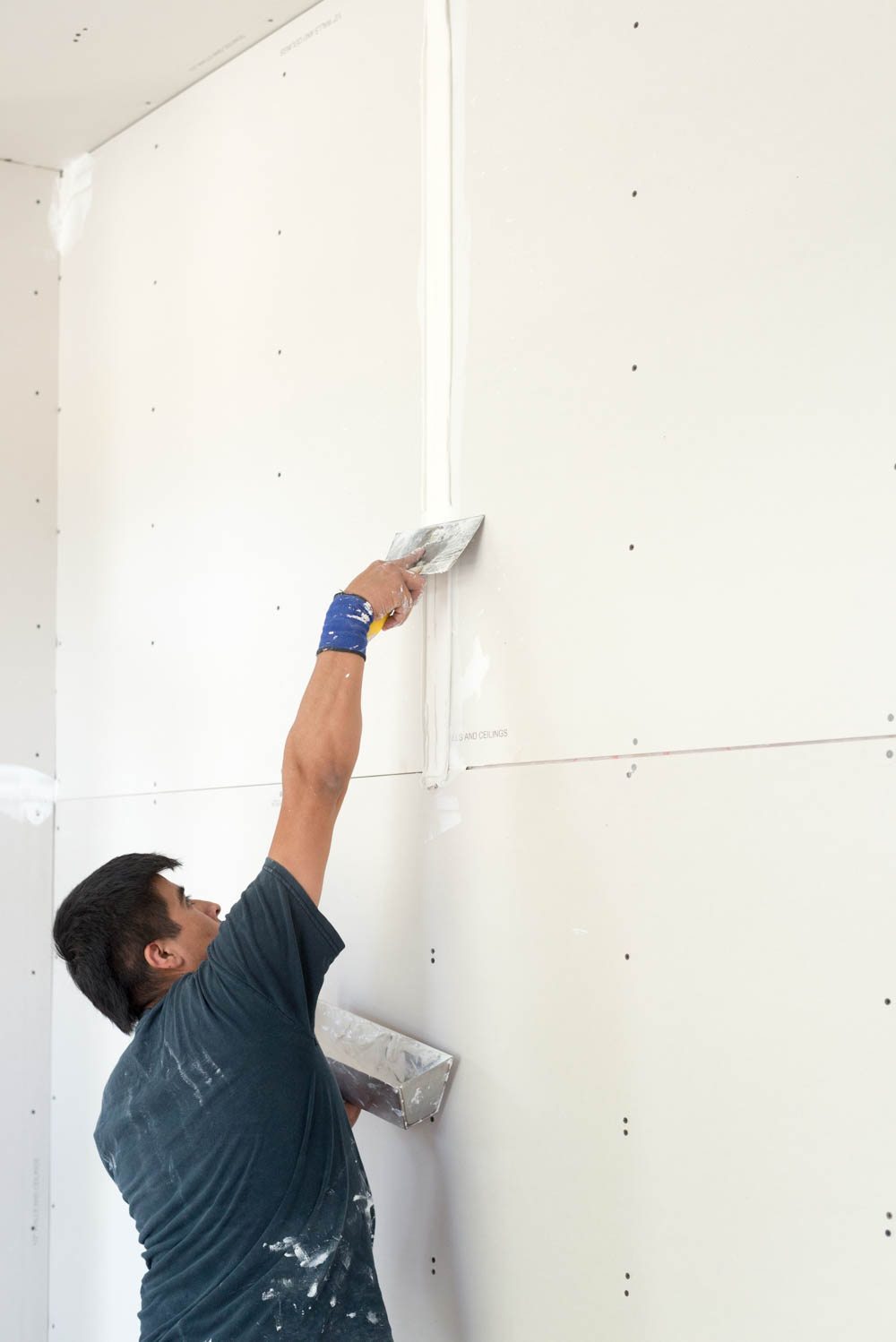
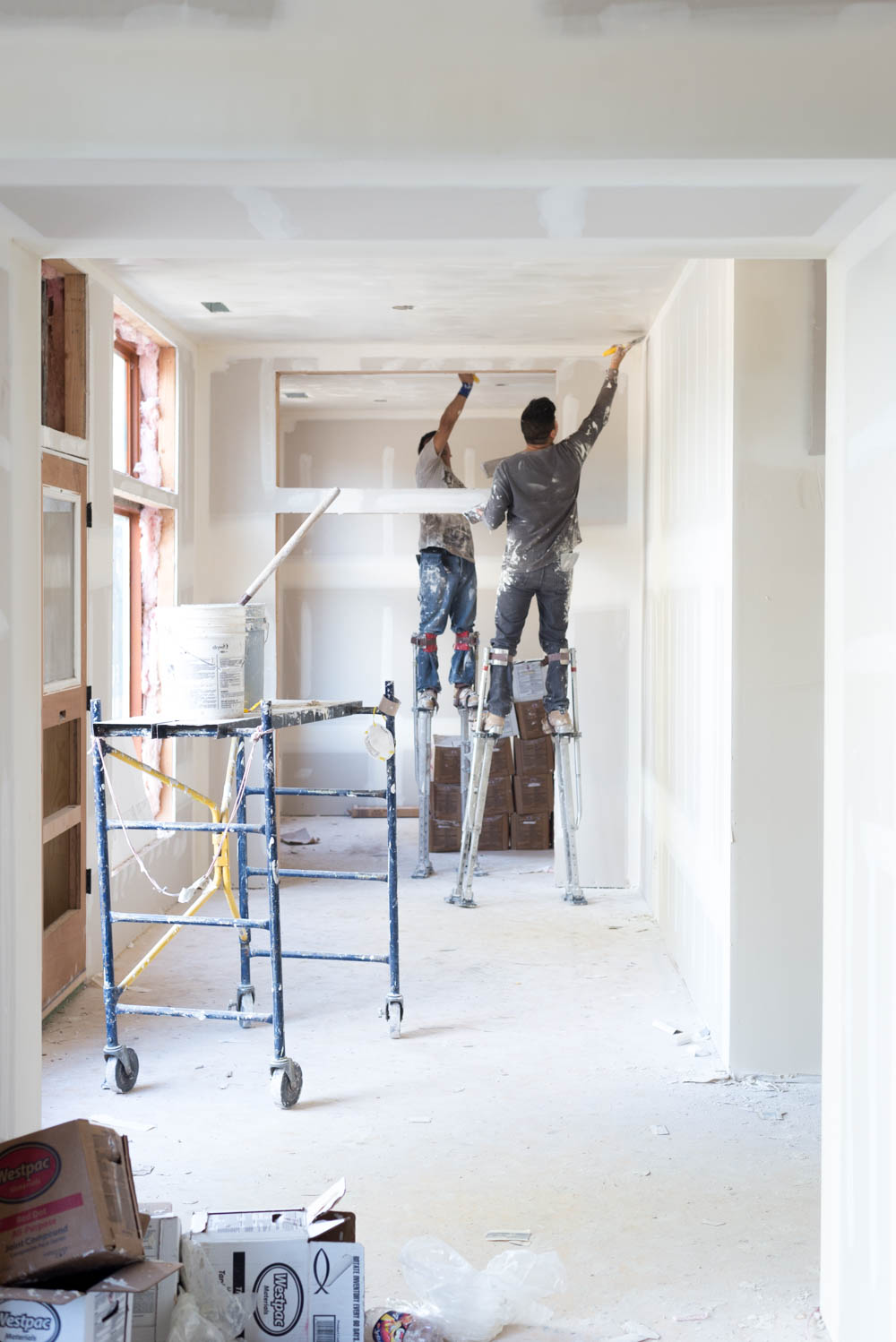
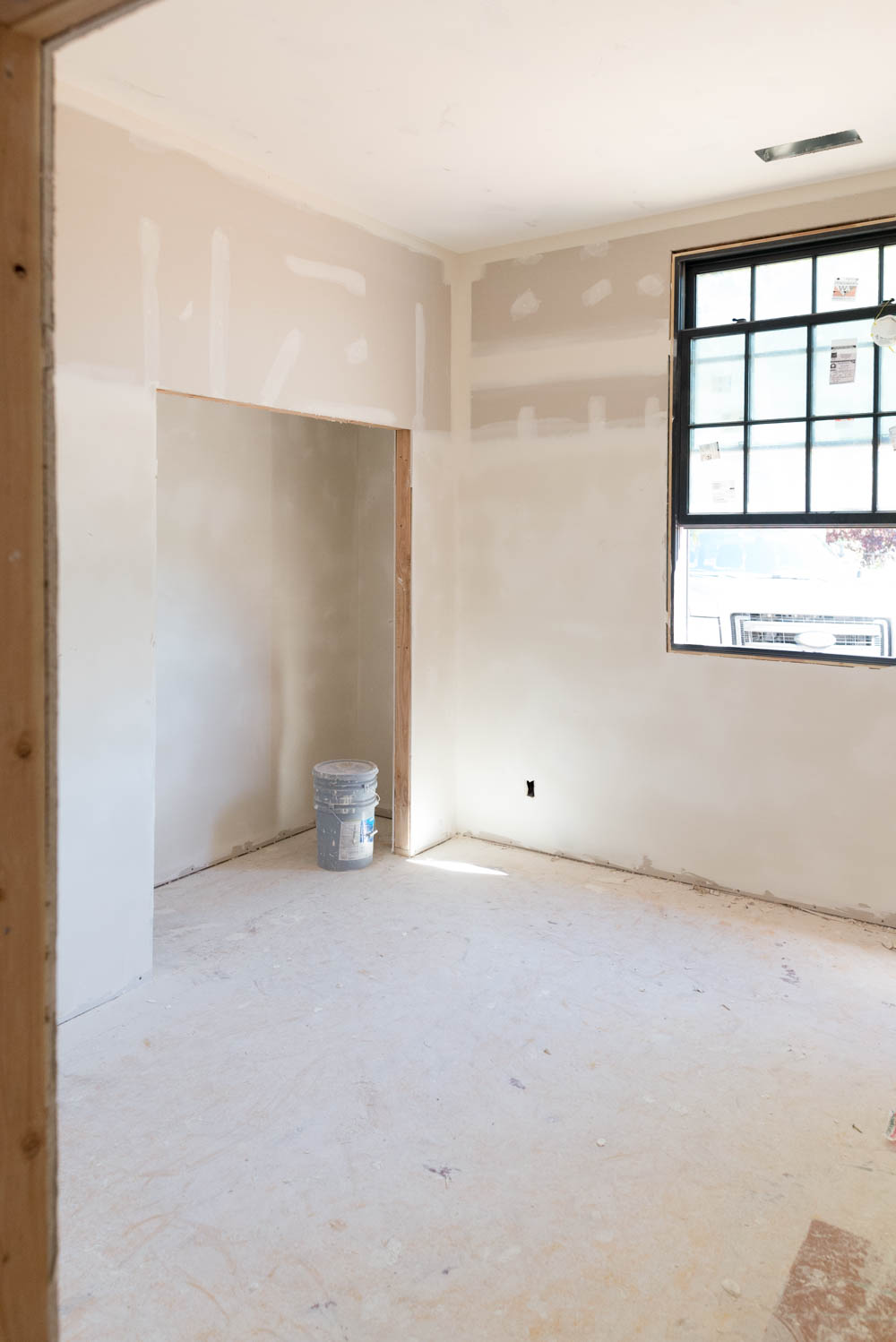
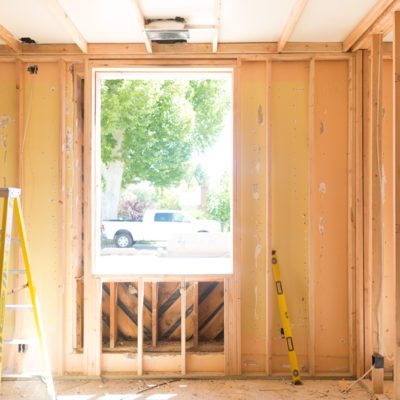
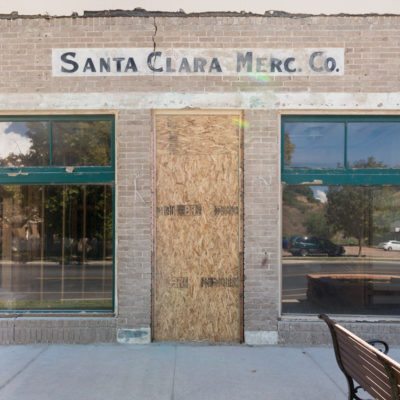
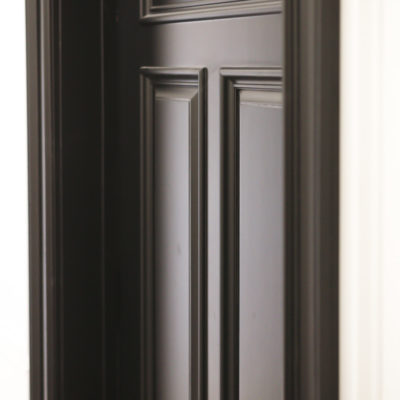
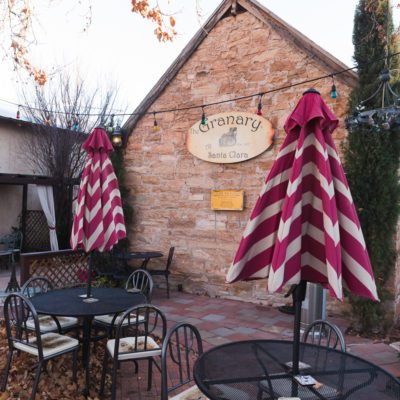
smooth walls all the way!
I wondered about this when I read yesterday, but didn’t comment because I was confused! I live in Alabama and the Level 4 finish seems to be standard here, but I do love your Old World finish!
I live in Ohio – we have smooth walls everywhere. But for contrast 1 year I splattered a small hallway with joint compound and painted over it, thought I was being “artsy” giving it that alligator skin look. Had no idea that’s how west coast walls where 🙂
West coast here and I stopped at 4, painted with a satin and it looked smooth and fabulous.
I HATE wall texture. And ceiling texture. (You didn’t mention, I don’t think — are your ceilings getting the same treatment as your walls?) The more obvious, the more egregious the sin, in my opinion. Striving for perfection is unrealistic, but smoother is better.
Level 4 standard here too. I’ve done plenty of remodels in my home and it blends in nicely with the old smooth plaster walls. I personally don”t like wall texture, but I think in some applications it could be nice.
West Coast here…near Seattle…we built our home 30 yrs ago and requested smooth walls..no texture…only cost a small amount more because our walls are 9-10 ft. tall so an extra seam….When we remodeled our bath and needed some drywall work done,my hubby hired a sheetrocker that he knew that did hospitals which have smooth walls and he did a fabulous job….
Fun fact: Leve 5 walls are used in hospitals and cleanrooms so that dust has less texture to stick to. Here in Oregon most homes have textured walls. Our home built in 81 has textured everywhere but the finished basement which was a later remodel. They did smooth walls but did a poor job, and I wish they were textured to match the rest of the house and to hide the flaws in their workmanship.
I should also add… my brother in law is a third generation drywaller… the oragepeel texture that is so standard here in Oregon is done with a special texture sprayer. I’ve seen him do it, and it’s an amazing skill to be able to get the texture consistent. It’s definitely more work to get that level 4/level 5 smooth finish. And they charge WAY more for it.
Northern Utah here and I have really only seen textured walls. Mostly orange peel but in higher-end homes into seems to be the old-world texture.
Personal experience—I have tried all three kinds of texturizing.
I did old-world texture in my office reno because I had to cut into the drywall a lot and remove a chair rail, and patching the orange peel was impossible. It was actually really fast to cover the walls in the texture.
I also tried to do smooth walls in another room with new drywall by just mudding the seams and screw holes, but the seams definitely showed through the paint! That has made me really leery of trying that again.
AND I have completely covered the bottom half of an orange peel wall with compound (to get a smooth finish for some faux board-and-barren) and that was a huge, frustrating chore. I can see why that would cost so much more.
How can they get the seams so smooth that they don’t show through the paint? Does it depend on the pant you use??
The only “texture” we have in Australia is if you have a rendered finish over brickwork. I’ve never seen an additional layer of texture on a plaster wall here. We have those popcorn style ceilings which everyone scraps off at the first opportunity.. First time I saw it on walls I was in California and when I asked the owner about it he said it was a “lazy mans finish” … (no offence to those that love it!)
My husband is a painter and no, when it’s done properly you shouldn’t see the seams, although some paints can make a bad job look worse. (As can a bad paint job! Ha!)
Wow, this is blowing my mind! I live in Ky, and never realized smooth wasn’t the standard everywhere. I mainly associate any textured finishes with either older homes (popcorn ceilings and splattery ceilings), or more stylized places (think adobe homes, old world Italian restaurants, etc). Although, the bathroom in my 1920s home does have a strange light swirl texture to the walls…. Regardless, your walls look great!
Growing up in Phoenix, most walls are textured. I didn’t realize until I moved to New Orleans for grad school that walls came in varying degrees of texture. Once I had smooth walls, I was hooked. We built our house in Texas 4 years ago, and spec’ed smooth walls from the beginning, so I don’t know what the cost difference would have been since the cost of smooth walls was included in the initial bid. I do know that whatever it was I would have paid because it would have driven me nuts every day otherwise. The other thing I specified was 90-degree corners on all the walls, instead of the rounded corners that seem to be prevalent now.
I bought a ’79 house in Eugene Oregon that had popcorn ceiling and the bumpiest texture I had ever seen on a wall. It’s seriously like someone threw globs of joint compound on the wall. Not only did it look terrible, but it made patching any holes impossible. We had the ceilings scraped before we moved in (obvs) but when I said I wanted smooth ceilings my contractor looked at me like I was insane. Apparently they only do popcorn or orange peel here. Now, this is my first house and I had completely unrealistic expectations (thanks to awesome blogs such as yours (; ) of how much work DIYing a project like this would be, so I decided to do my own smooth ceiling texture and to smooth out the walls while I was at it. Nearly three years later, and I still have one of the three bedrooms to finish, and I’ve decided to leave the bathrooms textured, mostly so I don’t have to remove and reinstall the toilet. I’m pretty happy with how the rooms have turned out, but it took me finishing 50% of the house before I finally got the techniques down just right. In my next place I’m definitely just going to find a contractor that knows how to do smooth walls and pay as much as they want to do it right, because I have better things to do with my life than get covered in joint compound and sanding dust! It does still blow my mind the difference in proficiency for different techniques among builders and contractors in different parts of the country.
I’m glad you did this update! Although I’m still confused about the last textured step being necessary. In Virginia we get the first 4 levels standard and I don’t notice bowed or weird looking walls you know? Maybe if I put my face against them? Hmm. I would have thought since you’ve got new 2x4s etc going up, you wouldn’t have had noticable issues. I could understand if working with old materials and dealing with settling issues that there would be cracks and uneveness. Fascinating!
I’ll add after talking to my sister about this today (this is so riveting we’re talkaing about it days later hahahaha!) that we get level four walls standard in Virginia but they do an additional coat of the plaster stuff over the screw holes and taped seams fanning it out wider so it’s gradual. I think a heavy coat, sand, skim coat, sand. And everything looks super smooth and even without the whole walls being skimmed.
this is blowing my mind too. so i’m in SLC – same state as you haha – and we just finished our kitchen/dining room remodel a year or so ago. we didn’t want texture so we have zero texture on the walls or ceiling and it was not any extra…??? we’re in a 50’s home. it didn’t even have wall texture before either though (a LOT of wallpaper though, that’s for sure! ha). ceiling texture (like popcorn ceilings) are definitely around in both older and newer homes, for those that like that bit of texture there, but i can’t even think of other houses around that have textured walls. drywall, mud and tape, and it’s ready to prime/paint. just a stage 4 i guess. so strange!
ok so i take that back – my sister just built a home up in syracuse (northwest of Layton if you know where that is) and they do have slight texturing on their walls in their basement. so i guess it’s a thing still. but even in our first reno too, we didn’t do any texture and it was not an issue of more money for it.
Level 4 is definitely standard here in Michigan and where I grew up in Georgia. It’s usually a lot less expensive than level 5.
My home in Southeast Virginia (and all the houses we looked at when buying in VA Beach area) had this seashell patterned texture swipe, kind of orange peel-y but in a round, swiped design. All. Over. Every. Wall. It was impossible to clean if you rubbed up against it or splattered mud or sauces on it, but made for easy amateur painting because it did hid imperfections well. Also, it kind of hurt if your knuckles grazed it while carrying something! WTH! Overall I would prefer a smooth texture- the house we live in now has the alligator skin texture like your sister’s and I’m glad it was already painted b/c it looks like a tough job.
I’m curious, why didn’t you just not do the texture if you wanted smooth? I’m on the east coast and I am glad we don’t have textured walls! level 4 all the way!
Living in the midwest my whole life, I grew up with plaster walls with a smooth finish. Then going off to college and then subsequent renting, texture became the cheap apartment way of life. I personally HATE the texture. We currently rent with sandpaper texture and it is the WORST. I cannot wipe down the walls at all, everything (including lint) sticks to the wall. You wipe and its worse, if you bump into the wall (it scraps open your skin). We purposely did not paint in this apartment knowing how awful the texture is. I would be level 4 to the max. I hate texture. Absolutely hate it. Good luck!
Pacific Grove California chiming in… very very light texture is what I have. The more you paint the smoother your wall gets!!
I hate that you had to write this post to respond to all the criticism. I freaking LOVE the old world texture. We are getting ready to redo the drywall in our fixer-upper, and I’m absolutely going to ask our drywall guys if they know how to do this.
I hate texture. I grew up in midwest and our homes had flat walls. Really easy to fix nail/screw holes, paint a straight line, wallpaper, etc. Now in Colorado and no one has flat walls regardless of cost of the house. I hate it! Every time we fix a hole or make a change it’s a giant pain in the ass to match the texture.